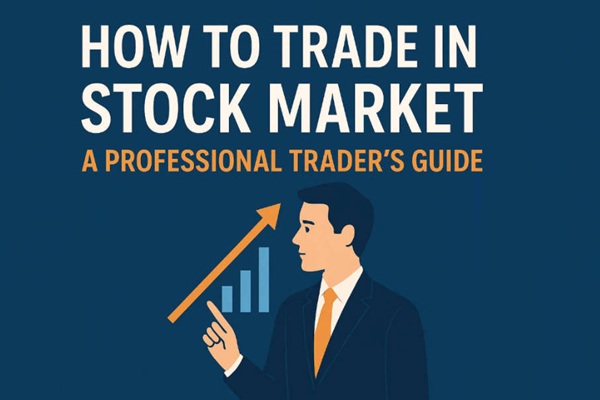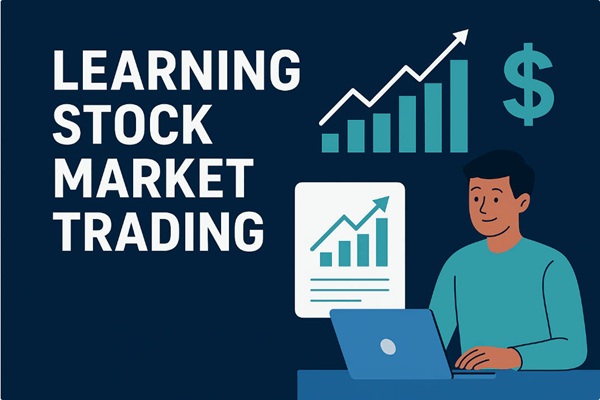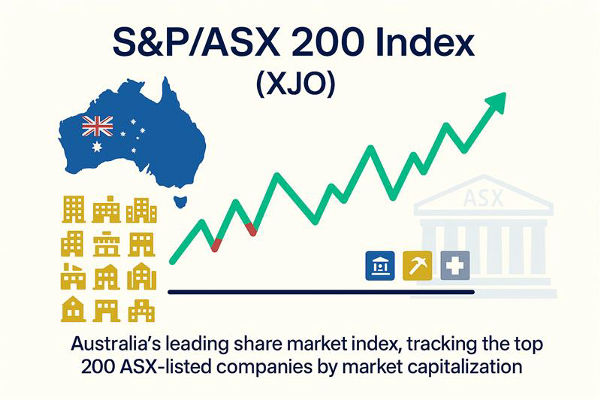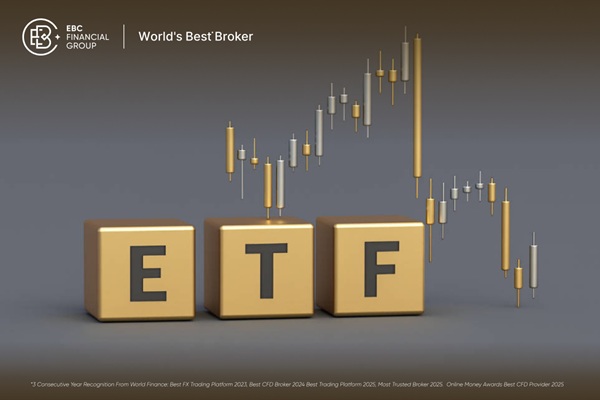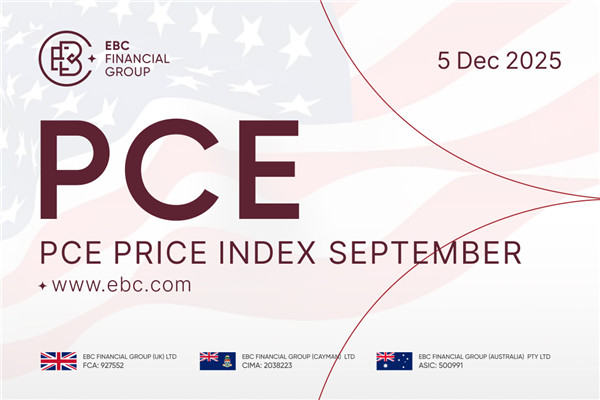Trading in the stock market is a disciplined and analytical practice that requires a combination of strategic planning, risk management, and market insight.
While the allure of quick profits is undeniable, successful trading requires a comprehensive approach, balancing analysis, execution, and psychology.
This guide will provide you with the essential knowledge and strategies needed to navigate the stock market with confidence.
What is Stock Trading
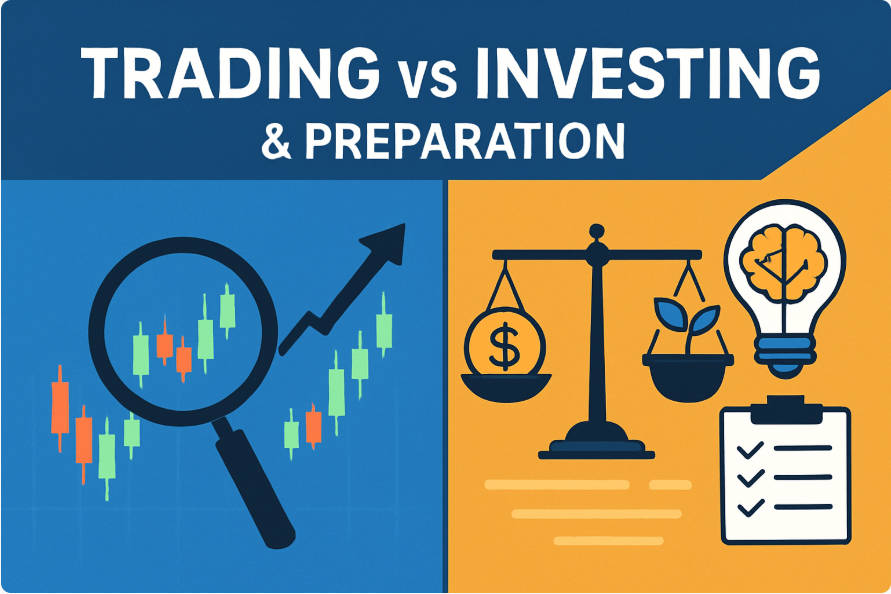
1. Definition and Scope
Stock trading entails the purchase and sale of shares in publicly listed companies with the objective of generating profits from price fluctuations.
Unlike long-term investing, which emphasises wealth accumulation through dividends and capital appreciation, trading focuses on short- to medium-term market movements and timely execution.
2. Trading versus Investing
Trading and investing differ fundamentally in approach, time horizon, and risk exposure. The table below illustrates the key distinctions:
| Criteria |
Trading |
Investing |
| Time Horizon |
Short-term (minutes to months) |
Long-term (years) |
| Objective |
Capital gains from price movements |
Wealth accumulation and dividends |
| Risk Exposure |
High due to market volatility |
Moderate, based on company stability |
| Approach |
Active: continuous monitoring |
Passive: periodic portfolio review |
Professional traders must understand these distinctions to select strategies aligned with their objectives and risk tolerance.
Preparation Before You Trade in Stock Market
Before initiating trading activities, a structured preparation process is essential.
Traders must first evaluate their financial situation, considering disposable capital, emergency funds, and debt obligations.
Only capital that can be risked without impacting personal finances should be allocated to trading.
Subsequently, clear trading objectives should be established.
These include measurable profit targets, defined risk limits, and an assessment of the time available for monitoring markets.
Professional traders invest in knowledge acquisition, encompassing market fundamentals, technical analysis, and trading mechanics.
A solid understanding of macroeconomic indicators, company financial statements, charting techniques, and order types is indispensable.
Brokerage Selection and Account Structure
1. Choosing the right broker
The choice of brokerage has a direct impact on trading efficiency and cost management.
Factors to consider include fee structures, platform functionality, analytical tools, and regulatory compliance.
Regulated brokers provide legal safeguards and ensure adherence to market standards.
2. Trading account types
Account types are generally classified into cash accounts, margin accounts, and tax-advantaged retirement accounts.
Cash accounts require full payment for all transactions, whereas margin accounts allow leveraged positions under strict risk controls.
Retirement accounts, such as ISAs in the UK, provide long-term tax advantages.
How to Craft a Winning Trading Strategy
Trading success is founded upon robust strategies, integrating technical analysis, fundamental analysis, and rigorous risk management.
Technical Analysis employs historical price and volume data to forecast potential movements.
Key tools include moving averages to identify trends, relative strength indicators to assess momentum, and support/resistance levels to determine entry and exit points.
Fundamental Analysis evaluates a company's intrinsic value through revenue growth, profitability, debt ratios, and industry positioning.
Traders incorporate macroeconomic indicators such as interest rates, inflation, and sector performance to anticipate market reactions.
-
Risk Management is a critical component.
Professionals implement stop-loss orders to limit losses, define position sizes relative to risk tolerance, and diversify across sectors to mitigate concentration risk.
The table below summarises essential risk controls:
| Risk Control |
Purpose |
| Stop-Loss Orders |
Limit loss per position |
| Position Sizing |
Allocate capital according to risk appetite |
| Diversification |
Reduce exposure to sector-specific volatility |
The Mechanics of Stock Trading
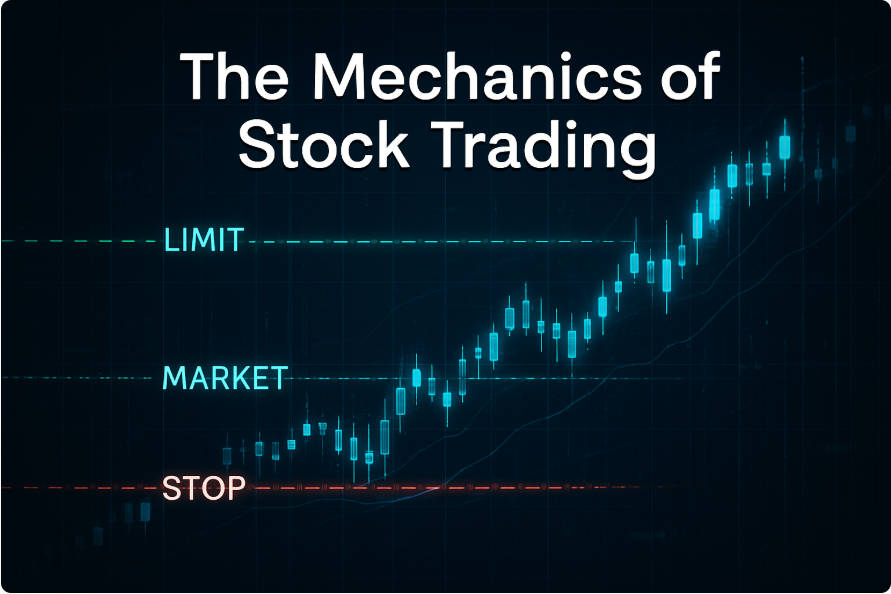
Professional trade execution relies on a clear understanding of order types and precise timing.
Market orders are executed at prevailing prices, limit orders allow entry or exit at predefined levels, and stop orders trigger trades when specific prices are reached.
The execution process involves:
Selecting the target security based on strategy.
Determining the appropriate order type and quantity.
Executing the trade through a regulated platform.
Monitoring performance and adjusting positions as required.
Precision in execution, coupled with adherence to strategy, distinguishes professional traders from casual participants.
Monitoring and Optimising Your Portfolio
Continuous assessment of portfolio performance is essential. Traders evaluate returns against benchmarks, review risk-adjusted metrics such as the Sharpe ratio, and identify underperforming positions.
Portfolio rebalancing ensures alignment with objectives, involving the sale of positions exceeding risk thresholds and reinvestment in opportunities consistent with the trading strategy.
This disciplined approach maintains risk management integrity while optimising potential returns.
Advanced Trading Techniques for Ambitious Traders

Professional traders may incorporate advanced methodologies:
Swing Trading focuses on capturing short- to medium-term price trends, relying on technical analysis for timing.
Day Trading involves intraday positions and requires rapid decision-making, strict risk controls, and continuous monitoring.
Algorithmic Trading utilises automated systems executing trades based on predefined conditions, enhancing speed, accuracy, and consistency.
Regulatory and Tax Considerations Every Trader Must Know
Compliance with regulatory frameworks is mandatory.
In the UK, the Financial Conduct Authority (FCA) governs trading practices, while in the US, the SEC and FINRA provide oversight.
Compliance ensures legal protection and market integrity.
Tax obligations, including capital gains tax and dividend taxation, must be incorporated into trading strategies.
Tax-advantaged accounts provide opportunities to reduce liability while maintaining compliance.
Common Pitfalls in Stock Trading
Professional traders avoid the three primary errors: emotional trading, overtrading, and neglecting costs.
Emotional trading compromises objectivity;
Overtrading erodes capital through excessive transactions;
Ignoring fees reduces net returns. Each risk is mitigated through disciplined strategy execution, capital allocation, and cost analysis.
Conclusion
Professional stock trading demands discipline, analytical capability, and continuous learning.
By establishing clear objectives, executing well-researched strategies, managing risk meticulously, and adhering to regulatory and tax obligations, traders can navigate market complexities and pursue sustainable performance.
Success in trading is the outcome of a structured, informed, and methodical approach rather than speculation.
Frequently Asked Questions
Q1: What is stock trading?
Stock trading involves buying and selling shares to profit from price movements, focusing on short- or medium-term opportunities.
Q2: How does trading differ from investing?
Trading targets short-term gains through active transactions; investing focuses on long-term growth and dividends.
Q3: What strategies are essential for professional trading?
Technical analysis, fundamental analysis, risk management, and disciplined portfolio adjustment are critical.
Q4: What risks should I be aware of?
Emotional trading, overtrading, lack of diversification, and ignoring fees are common risks to manage.
Q5: Do I need a special account to trade?
Yes. Cash accounts, margin accounts, and tax-advantaged accounts each serve different trading objectives.
Disclaimer: This material is for general information purposes only and is not intended as (and should not be considered to be) financial, investment or other advice on which reliance should be placed. No opinion given in the material constitutes a recommendation by EBC or the author that any particular investment, security, transaction or investment strategy is suitable for any specific person.
